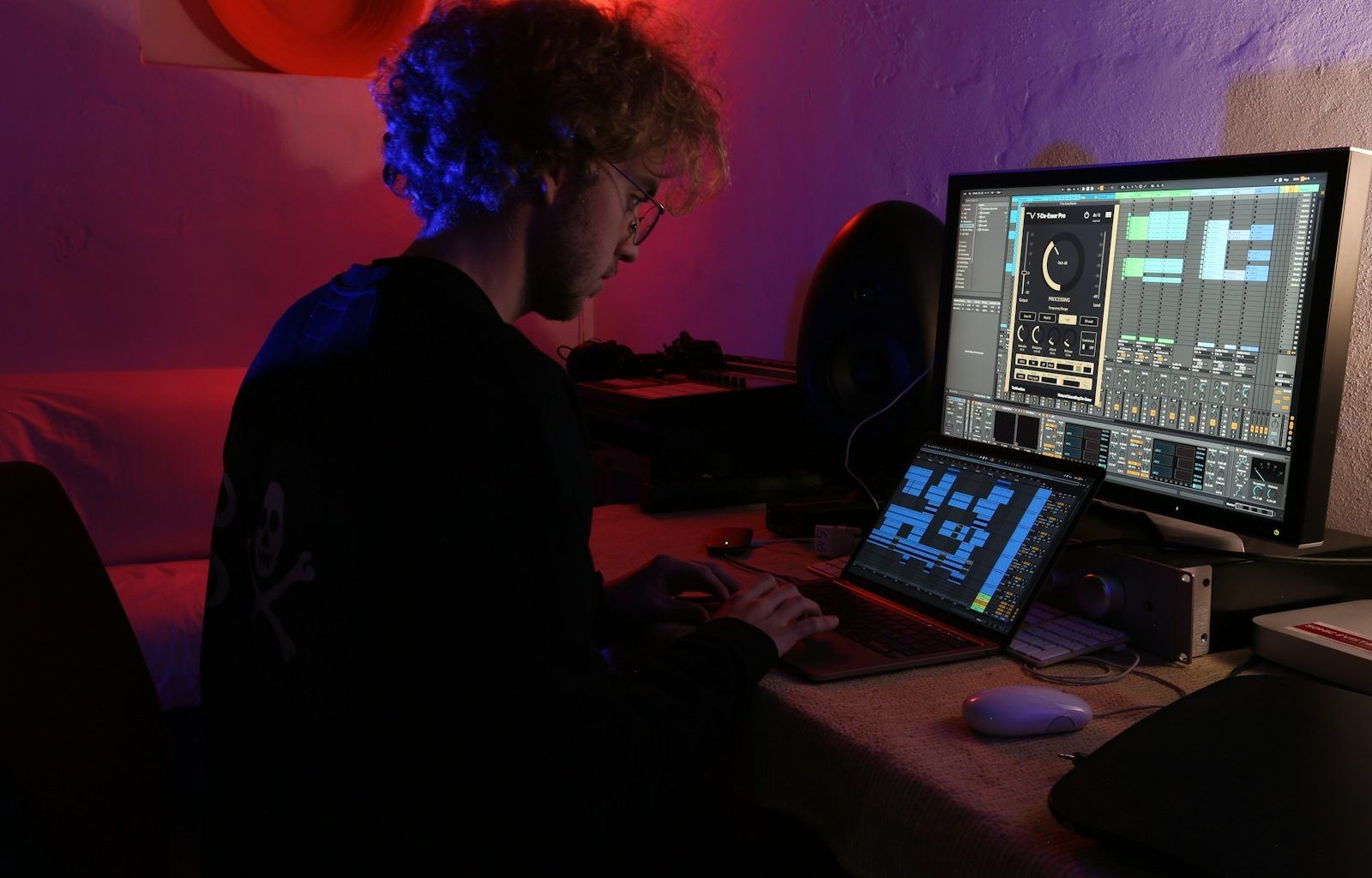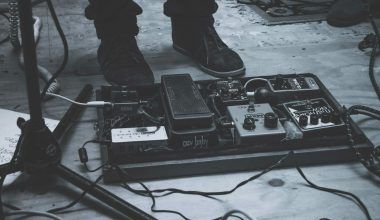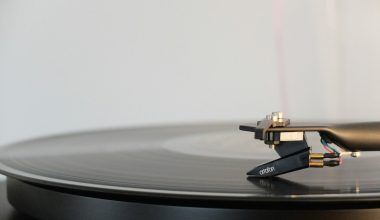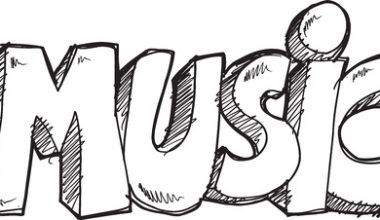Music has always been about collaboration. From a group of musicians jamming in a garage to bands working on tracks in recording studios, teamwork has been at the heart of creating music. But with technology advancing rapidly, collaboration in music production has taken a big leap forward. Enter the collaborative DAW.
A collaborative DAW, or digital audio workstation, allows musicians, producers, and sound engineers to work together on the same project, even if they are thousands of miles apart. This tool bridges the gap between remote creators, making real-time collaboration smoother than ever. In this blog, we’ll explore what a collaborative DAW is, why it’s a game-changer, and how it can unlock the creative potential of artists across the globe.
What Is a Collaborative DAW?
A collaborative DAW is a type of digital audio workstation designed to support real-time teamwork. Unlike traditional DAWs that often require files to be shared manually, a collaborative DAW lets multiple users edit and record simultaneously. Imagine Google Docs but for music production – that’s what a collaborative DAW does.
In the past, musicians had to export files, send them over email, and wait for others to make edits or add tracks. This process was slow and, at times, frustrating. Collaborative DAWs have changed all of that. They make the process seamless, eliminating unnecessary back-and-forth and allowing instant feedback.
With the rise of remote work, artists are no longer limited by geography. A collaborative DAW empowers you to work with anyone, anywhere, in real time. Whether it’s a producer in Los Angeles, a singer in London, or a drummer in Tokyo, a collaborative DAW can bring everyone together on one virtual platform.
Why Collaborative DAWs Are the Future of Music Production
Collaboration is not just a trend; it’s the future of music production. Here’s why a collaborative DAW is so important in today’s creative landscape:
- Breaking Down Geographical Barriers
In the past, working with artists from other parts of the world was expensive and time-consuming. With a collaborative DAW, it no longer matters where you are. Teams can connect instantly and work together as if they were in the same studio. - Real-Time Creativity
Creativity often happens in the moment. A collaborative DAW ensures that everyone involved can contribute to the music in real time. Whether you’re brainstorming ideas or tweaking a mix, everyone can see and hear changes instantly. - More Flexibility
A collaborative DAW offers unmatched flexibility. Musicians can jump in and out of projects at any time. If inspiration strikes at midnight, you can add your part without waiting for someone else to send over files. - Improved Workflow
With traditional DAWs, managing multiple versions of a project can get messy. Collaborative DAWs keep everything organized and updated. Everyone works on the latest version, reducing confusion and saving time. - Inclusive Collaboration
Collaborative DAWs make it easier for artists of all skill levels to work together. You don’t need to be a tech expert to contribute. This inclusivity fosters creativity and diversity in music production.
Top Features of a Collaborative DAW
To understand why collaborative DAWs are so powerful, let’s take a closer look at their key features:
1. Real-Time Editing
One of the standout features of a collaborative DAW is real-time editing. This allows all collaborators to work on the project simultaneously. For example, a producer can adjust the levels of a mix while a guitarist records a new riff, all happening in sync.
2. Cloud-Based Storage
Most collaborative DAWs are cloud-based. This means projects are stored securely online. You can access your project from any device, anytime. No more worrying about losing files or dealing with corrupted drives.
3. Seamless File Sharing
With collaborative DAWs, there’s no need to send large files back and forth. All changes are saved automatically in real time. This eliminates delays and makes the workflow smoother.
4. Version Control
Collaborative DAWs often come with version history. If someone makes a mistake or you want to revisit an earlier idea, you can easily go back to a previous version of the project.
5. Multi-User Support
These DAWs support multiple users working on the same project. Whether you have a team of two or twenty, everyone can collaborate effortlessly.
Benefits of Using a Collaborative DAW
Using a collaborative DAW offers numerous benefits, both creatively and practically:
Better Teamwork
With a collaborative DAW, artists can share ideas freely. It feels like being in the same room, even when you’re not. This fosters stronger teamwork and encourages creative input from everyone.
Faster Production
Traditional file-sharing methods can slow down music production. With real-time collaboration, everything happens faster. You can finish tracks in less time without compromising quality.
Access to Global Talent
A collaborative DAW allows you to work with anyone, anywhere. This means you can collaborate with musicians, producers, and sound engineers from around the world. It opens doors to fresh ideas and diverse sounds.
Cost-Effective
Collaborative DAWs reduce the need for expensive studio time. Artists can work from their own spaces, saving money on travel and studio rentals.
Enhanced Creativity
Real-time collaboration often leads to spontaneous ideas. When everyone is connected, creativity flows naturally, and the results are often better than working alone.
How to Choose the Right Collaborative DAW
With so many options out there, how do you choose the right collaborative DAW? Here are a few factors to consider:
Ease of Use
A good collaborative DAW should be user-friendly. It shouldn’t require a steep learning curve. Look for platforms that are intuitive and easy to navigate.
Compatibility
Make sure the DAW you choose is compatible with your hardware and software. Some collaborative DAWs work better on specific operating systems or devices.
Real-Time Features
Look for a DAW that offers true real-time collaboration. Check if it supports multi-user editing, cloud storage, and seamless file sharing.
Sound Quality
Sound quality matters. Choose a collaborative DAW that doesn’t compromise on audio fidelity.
Pricing
Consider your budget. Some collaborative DAWs offer free versions with limited features, while others require a subscription. Choose what works best for you.
Popular Collaborative DAWs in the Market
Here are some of the most popular collaborative DAWs that artists love:
- Soundtrap – Great for beginners and professionals alike, Soundtrap offers real-time editing and cloud-based collaboration.
- Splice – Known for its excellent sound library and easy file sharing, Splice is a favorite among producers.
- Ableton Live with Splice Integration – A powerful DAW that integrates well with collaborative tools like Splice.
- Pro Tools Cloud Collaboration – Perfect for professional studios, Pro Tools offers advanced collaboration features.
- BandLab – A free collaborative DAW that works seamlessly across devices.
Final Thoughts: Why You Should Try a Collaborative DAW
If you’re serious about music production, a DAW is a must-have tool. It brings musicians, producers, and engineers together in a way that traditional DAWs cannot. The ability to collaborate in real time unlocks new levels of creativity, efficiency, and teamwork.
Whether you’re working on a single track or an entire album, a collaborative DAW makes the process more enjoyable and productive. You’re no longer limited by geography, schedules, or outdated file-sharing methods.
So, if you haven’t already, it’s time to explore the world of collaborative DAWs. Find the right platform, connect with other artists, and start creating music together – no matter where you are in the world.
The future of music is collaborative, and with the right tools, the possibilities are endless.
For further reading, explore these related articles:
For additional resources on music marketing and distribution, visit DMT Records Pvt. Ltd..






